It was a proud privilege for the class XII geography students of Techno India Group Academia, South Kolkata, to embark on an enriching educational tour to the Geological Survey of India (GSI) and the Indian Museum. This memorable ‘Educational Tour’ left an indelible mark on the students as they gained valuable insights and firsthand experience in the field of geology and cultural heritage.



The tour began with a visit to the Geological Survey of India, an esteemed institution established in 1851 under the Ministry of Mines. The GSI is one of the oldest organizations in the world dedicated to conducting geological surveys and studies of India. It is renowned for providing essential earth science information to the government, industry, and the general public. Additionally, the GSI plays a crucial role in various industries, including steel, coal, metals, cement, and power, and actively participates in international geoscientific forums.
During their visit to the GSI, the students had the unique opportunity to collect topographical maps, which are crucial tools for understanding the physical features of the Earth’s surface. These maps serve as an essential resource for geography students, enabling them to visualize and analyze geographical data effectively. The hands-on experience of handling these maps provided the students with a deeper understanding of topographical features and their significance.
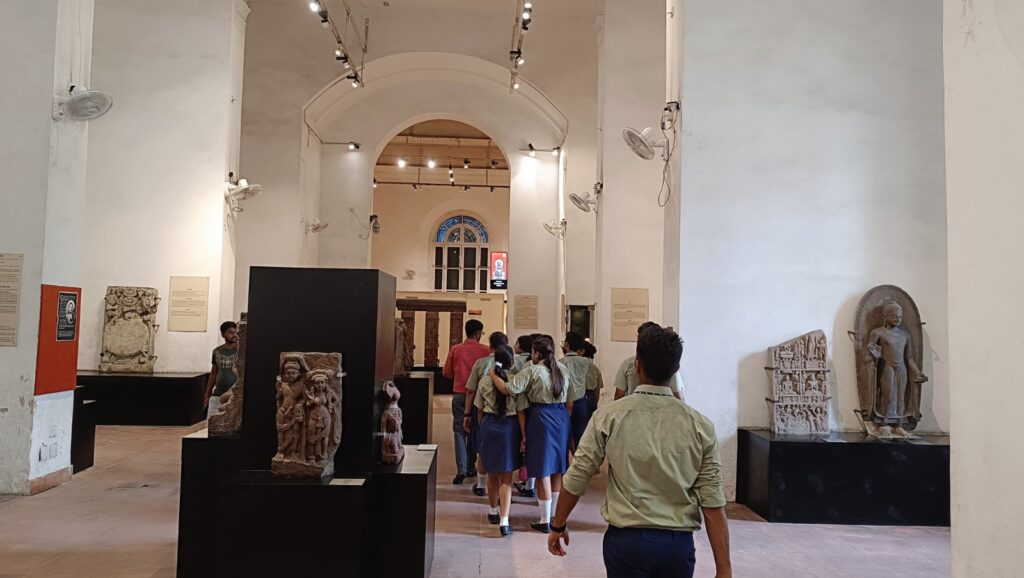
The next destination on the educational tour was the Indian Museum, the oldest and largest museum in India and Asia in terms of collection size. The Indian Museum boasts a remarkable array of rare collections, including antiques, armor, ornaments, fossils, skeletons, and even mummies. The history of the Indian Museum is a testament to the development of India’s heritage and culture, making it a treasure trove of knowledge and history.
At the Indian Museum, the students explored the fossil forum, where they gathered project data on various fossils. This exposure to real-life specimens allowed the students to connect theoretical knowledge from their textbooks to tangible examples. The visual impact of seeing these ancient artifacts and learning about their historical and scientific significance left a lasting impression on the young minds.
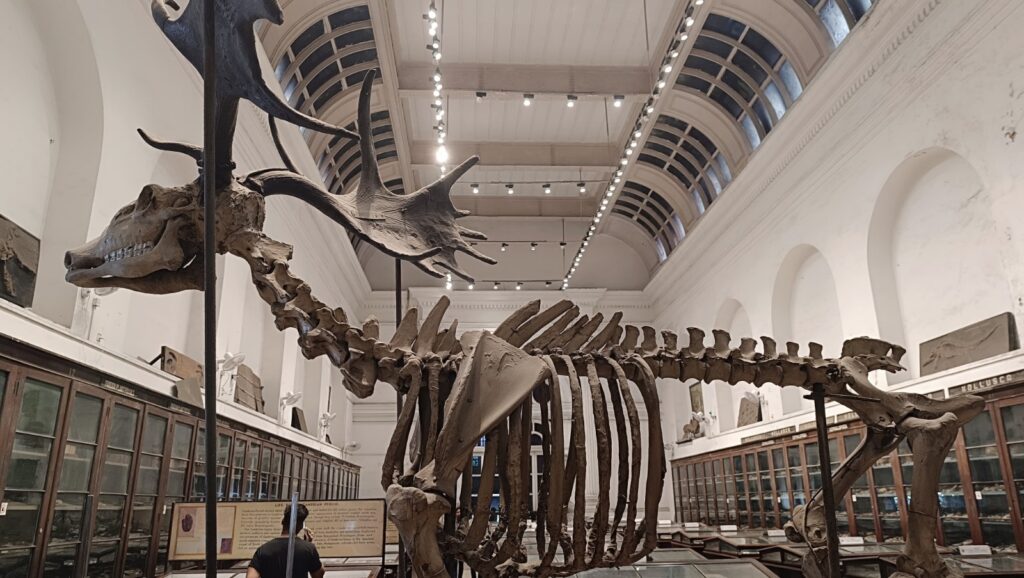
The educational tour to the GSI and the Indian Museum was more than just an excursion; it was an invaluable learning experience. The students were able to incorporate visual and experiential learning into their academic journey, enhancing their understanding of geology and cultural heritage. This hands-on approach to education helps students develop critical thinking skills and fosters a deeper appreciation for the subjects they study.


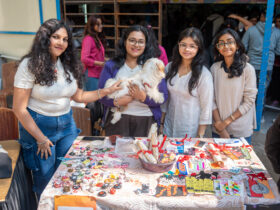

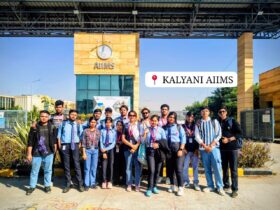
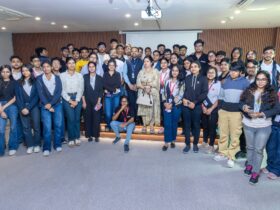
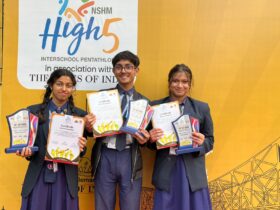
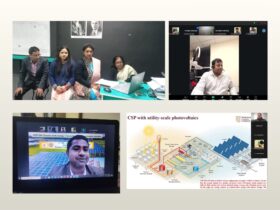
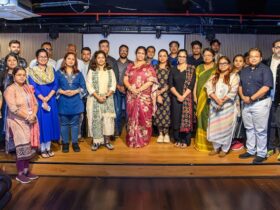
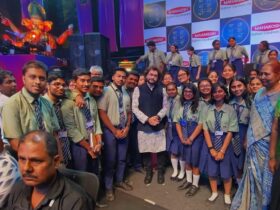
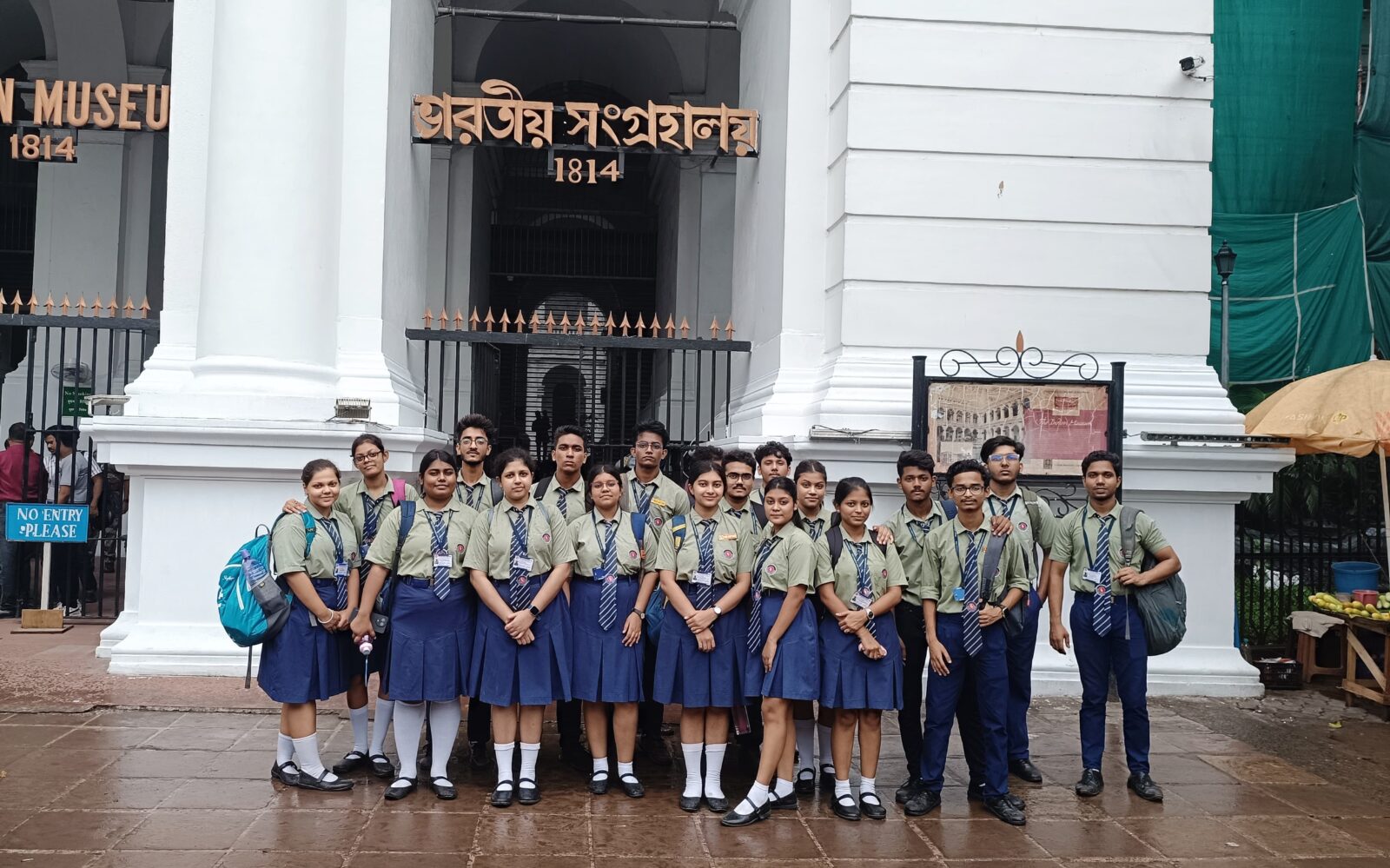
Leave a Reply